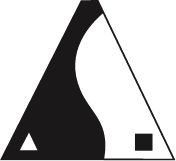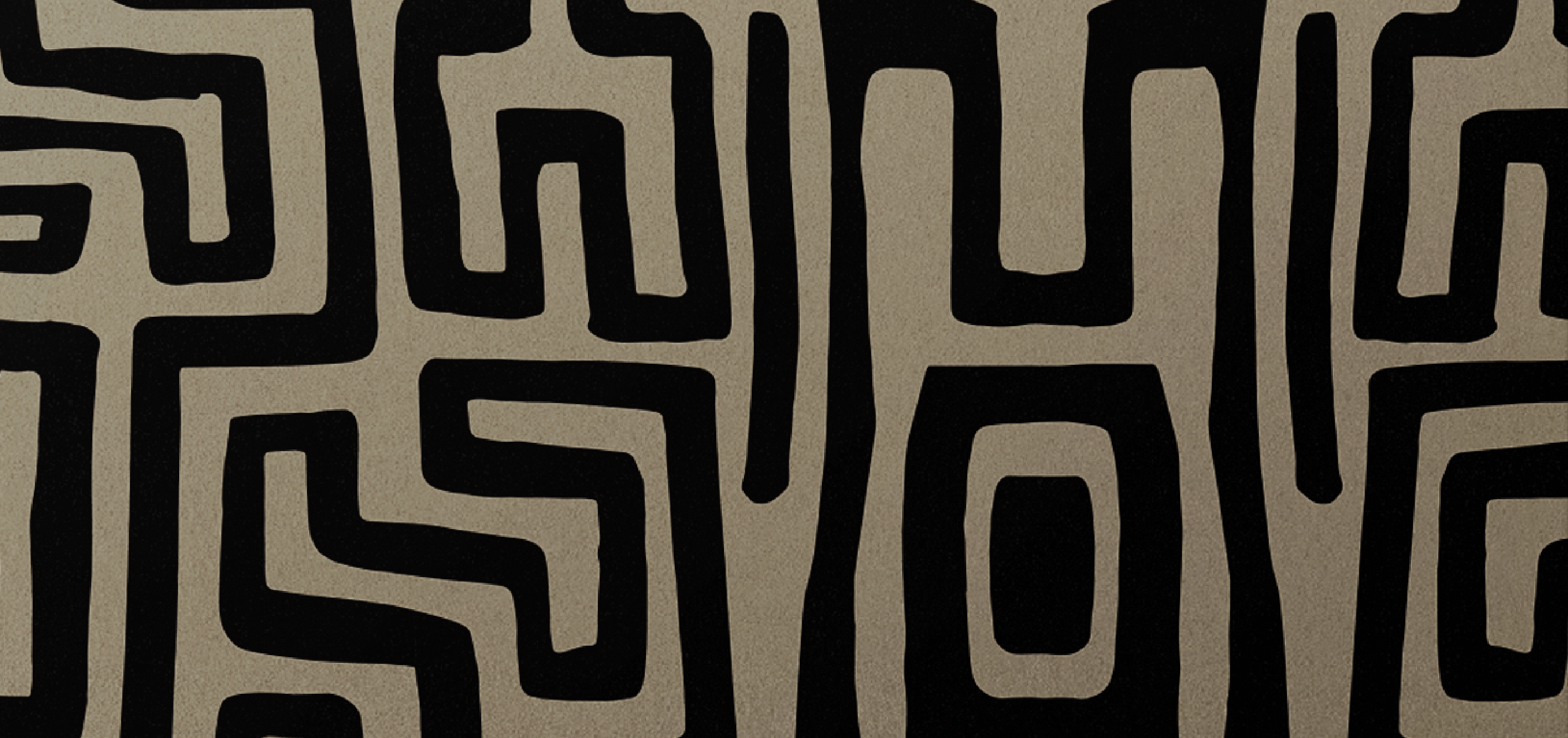|
I’ve been thinking about what it means to walk a path. Not just to move forward, but to exist inside a story that might already be written — one step, one turn, one collision at a time. I listened to an episode of The Diary of a CEO Podcast recently where Neil deGrasse Tyson said there’s roughly a 50–50 chance our reality is a simulation — a managed experiment orchestrated by a higher consciousness. He explained that if any civilization ever creates the technology to simulate a universe, there would be far more simulations than originals. Statistically, that makes it more likely we’re living inside one. And when life gets too calm or predictable, he joked, the “programmer” shakes the algorithm — introduces chaos, pandemics, wars, hurricanes — just to see how we’ll respond. It’s absurd until it isn’t.
Because when I trace the past five years — my husband’s suicide, COVID closing my business, the real estate boom that reshaped Asheville, and Hurricane Helene’s destruction — I can’t help but wonder: was it randomness, or choreography? Was I being tested, refined, or simply rearranged? If this life is a simulation, what does free will mean? What does it mean to choose a path that might already be coded beneath your feet?
When I walk at Beaver Lake, I feel that tension between surrender and control. Sometimes it’s quiet — breath, gravel, heartbeat — and then I pass someone and a faint breeze carries a scent that smells like my father. Grief hits and vanishes before I can even name it. Then there’s the strange dance of energy when a stranger matches my pace. Two people walking side by side — not together, not apart — both hyper-aware, waiting for one to shift. Usually it’s me. I speed up, craving solitude, craving my own energetic lane. And then, every once in a while, there’s synchronicity: four or five people aligned in the same direction for a brief stretch, different speeds but somehow moving as one. For a second it feels orchestrated. And maybe it is. |
|
|
|
|
I watch people as they walk. You can tell everything from their stride. Who yields and who doesn’t. Who drifts easy, who charges through. Who looks up, who looks away. Two women pass — a flash of comparison, a soft collapse of posture. A couple encounters a young woman — the air thickens; glances shift. The single woman lifts her gaze and lands on the female with a quiet message: I’m not a threat. A woman walks alone and feels eyes trailing her back. She senses it before she sees it. Does she turn, meet it head-on? Or does she keep her awareness wide, trusting instinct to protect her? Are these human moments — or data points in the experiment of being human?
|
 |
|
|
If life is a simulation, maybe awareness is the only free will we have.
 |
So I keep asking: Who am I on the path if the path is both map and simulation? Which parts of my life are mine, and which are managed? What if awareness — not control — is the only real form of freedom? Maybe walking isn’t about getting anywhere. Maybe it’s about noticing. The scent, the strangers, the grief, the questions — the living proof that even inside a possible simulation, something real still stirs. Maybe the path doesn’t belong to us. Maybe we belong to it.
Written on a cool October walk around Beaver Lake, 2025 — thinking about algorithms, grief, and the strange beauty of being human.
|









